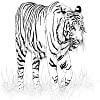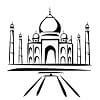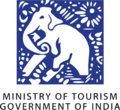- Home
- Holiday Ideas
-
-
- Choose Your Traveling Theme
-
- Adventure Tourism
-
- Cultural Tourism
-
- Tour Packages
-
-
- Packages by State
-
- Holidays by Interest
-
- Popular Tour Packages
-
- Fair And Festivals
-
- Ayurveda And Yoga
-
- Offers
-
- Destinations
-
Bhuj
(Beauty in Aridness)
Bhuj
Enchanting and eclectic, the expansive city of Bhuj, the capital of the Kutch region, ensconced within the state of Gujarat, is sort of a continuous cultural fiesta. A launchpad to admire the mesmerising great thing about the good Rann of Kutch, Bhuj also invites visitors for its rich textile heritage. At the epicentre is that the renowned Rann Utsav, which may be a cultural extravaganza suspended in time.
...Visitors can enjoy this cornucopia of art, craft and food, by staying in luxurious tents and concrete cottages. to urge a more intimate experience of the rich culture of Kutch, tourists can enjoy homestays at various villages strewn across the region: Dhamadka for its block printing, Nirona for beautiful purgative Rogan paintings, Dhordo for its banni hospitality and exquisite embroidered articles.The Kutch region is sprawled along the Tropic of Cancer, from Rajasthan to the sting of Pakistan, and Bhuj being its capital is that the fulcrum of all the thrill . Dotted with grand palaces that overlook bustling streets, Bhuj may be a melting pot of spirituality, wildlife, culture, tradition, rich food, an illustrious history and therefore the refore the charms of the ocean and the desert.
From the 8th to the 16th centuries, the region of Bhuj was ruled by the Samma Rajputs of Sindh, who eventually conceded the region to the Jadeja Rajputs. it’s said that the name of the town was inspired by Bhujiyo Dungar, a 160 m hill that looms over Bhuj. The Mughals took control of Bhuj within the late 16th century. From 1741, under the leadership of Lakhpatji I (king or Rao of Kutch), Bhuj saw the installation of a number of its most gorgeous architectural structures that stand even today. All of those factors ensured that Bhuj and therefore the remainder of the Kutch had a heterogeneous mixture of language, culture and religion.
How to get there
By Air
Bhuj has an airport which is connected to Mumbai via flights. The other airport that is located close by is in Ahmedabad which is connected by regular flight services to Mumbai, New Delhi and Bengaluru. Ahmedabad is about 330 km away from Kutch.
By Road
State and privately-run buses ply to and from Bhuj in Kutch. Some of the cities that are connected to Bhuj via bus services include Mumbai (about 859km), Ahmedabad (about 331km), Surat (about 595km), and Baroda (about 448km).
fas fa-train
Bhuj can be reached by train as it has its own railway station. This is connected by regular rail services to cities like Mumbai, Ahmedabad, Jaipur, and Pune.
Attractions
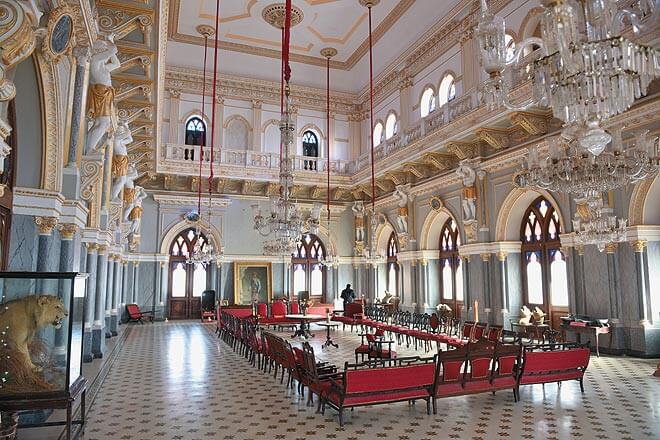
Aina Mahal
The Aina Mahal was built during the reign of Rao Lakhpatji of the Jadeja Rajput dynasty, within the 18th century. Also called the Hall of Mirrors, the palace may be a flamboyant structure that’s lined with mirrors and pieces of glass. Shimmering and shining, the palace flaunts a mixed Indo-European sort of architecture. it’s said that its creator Ramsinh Malam built it after training as an artisan in Europe for 17 years. Malam personally made the gorgeous fountains, mirrors, glasswork, doors inlaid with gold and ivory also as a clock in sync with the Hindu calendar .
The palace may be a two-storeyed building that features a Durbar Hall and suites for members of the royalty . Aina Mahal, which may be a a part of the Darbargadh Palace, also houses a museum. There are paintings, photographs, royal possessions and a few of the best samples of Kutch embroidery on display.
Overlooking the picturesque Hamirsar Lake, the palace seems like a piece of art, surrounded by intriguing patterns of fountains and water bodies. it's said that Ramsinh Malam sourced materials for the development locally. He established a glass factory at Mandvi, made cannons in an foundry , and made china tiles during a factory in Bhuj.
Dholavira
Situated about 250 km from Bhuj, Dholavira may be a popular weekend getaway that’s speckled with ruins of the Indus valley civilisation. The second-largest Harappan site in India and fifth-largest within the Indian subcontinent, it’s a haven for history-lovers. it’s locally called Kotada Timba and is claimed to be the sole place that marks the presence of Harappan culture from 2900 BC to 1500 BC.
The ancient site covers a neighborhood of 100 hectare and is surrounded by two water channels called Manhar and Mansar.
Dholavira may be a great example of a planned city. At its heart may be a central citadel where rulers or high officials once lived. within the middle town, there are spacious dwellings and within the lower town, one can find markets. The fortification of the town is within the form a parallelogram. Surrounded by the good Rann of Kutch, it offers a peek into the minds that made this settlement so great for its times. Among the ruins are a number of the earliest expert conservation systems. There also are remains of what appear to be the world's first signages and that they are all written using the traditional Indus script. Dholavira may be a great place to find out about the Harappan culture. It portrays the seven stages of civilisation. Terracotta pottery, beads, gold and copper ornaments, seals, fish hooks, animal figurines, tools, and urns are excavated from here.
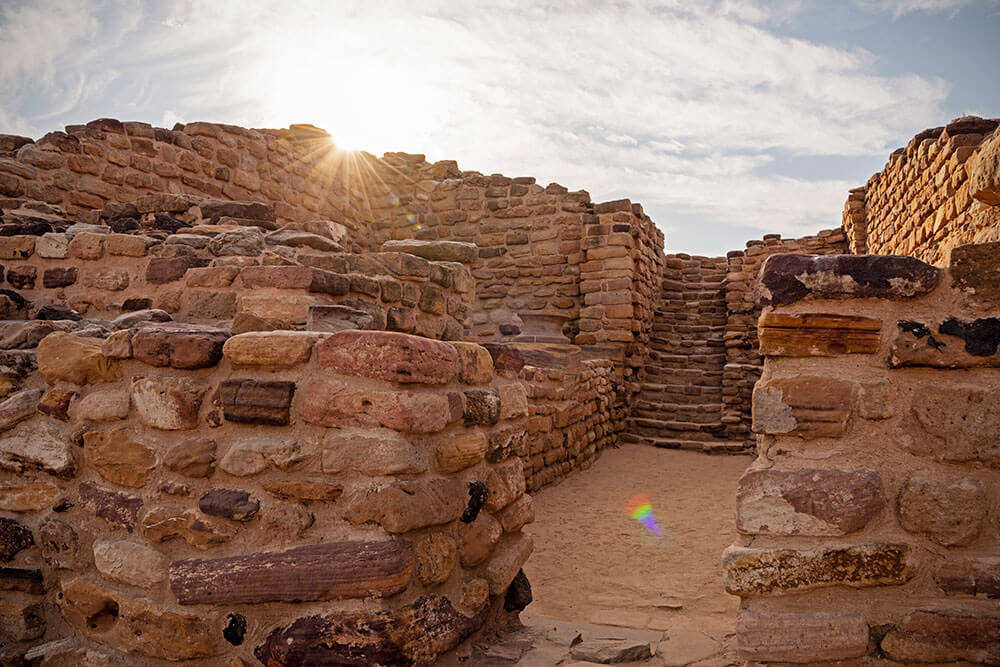
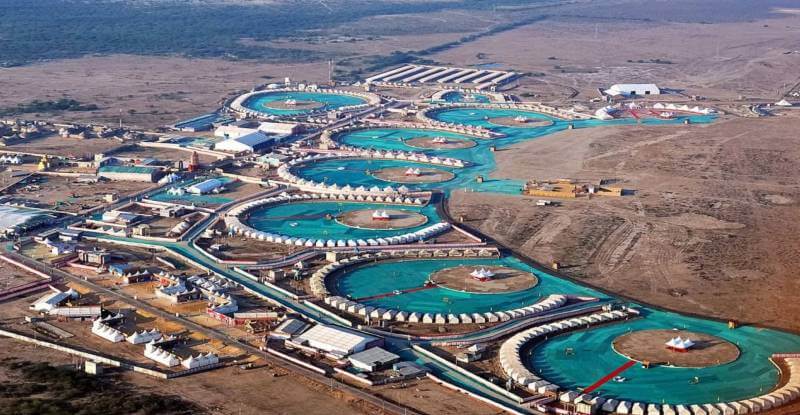
Dhordo
Situated around 80 km from Bhuj, the village of Dhordo is understood for its rich culture and banni hospitality. Handicrafts are a crucial a part of the lifetime of people here because the village is home to the Mutwa community from Sindh, which specialises in thread and needlework. This sort of embroidery is named Mutwa embroidery, and includes a sequence of stitches inset with mirrors, silver jewellery and leather embroidery. Tourists can purchase beautiful articles and items featuring Mutwa embroidery.
On visiting Dhordo, confirm to find out about the exquisite mud craft from Miyabhai Hussain Mutwa and Mehmoodbhai Elias Mutwa, noted artisans of the region. The mud craft is typically found along the walls of the huts (bhungas). The White Desert is nearly 1 km from Dhordo village.
Hodka Village
Hodka Village is one among the growing rural tourism spots that draws visitors for its rich art and crafts and powerful cultural backgrounds. Located at a distance of about 63 km from Bhuj, the village is home to the Meghwals, who are traditional craft and embroidery artisans from further north. Tourists get an opportunity to measure with the communities in Hodka’s Village Resort called Shaam-e-Sarhad or sunset at the border.
The name 'Hodka' comes from Gujarati word 'hodi', meaning boats. it's believed to possess been found out by the Halepotra clan from Sindh. They were majorly cattle herders in search of pastures.
The village is additionally known for birdwatching opportunities. One can take an excursion from Hodka Village to the wetlands of the Chhari Dhand, where they will spot a spread of resident and migratory birds. Chhari Dhand covers a neighborhood of around 10 sq km and is home to almost 50,000 waterfowls and 55 rare animal species. Tourists also can find some species including the Dalmatian pelican, Oriental darter, black necked stork and Indian skimmer in Chhari Dhand. Also, there are 32 species of raptors and an outsized number of cranes during this area.
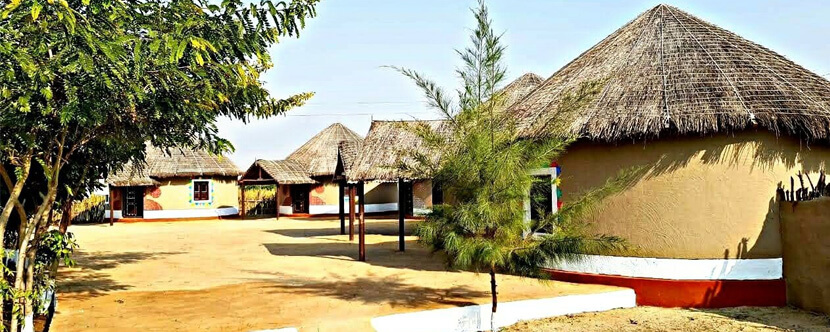
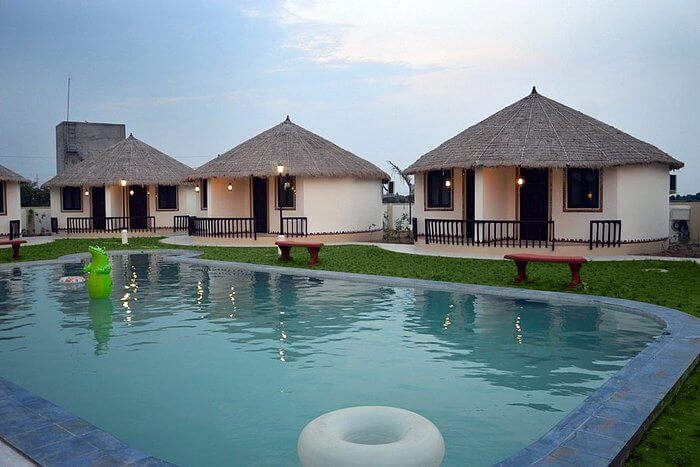
Mandvi
One of the principal ports of Kutch and Gujarat, Mandvi may be a treasure trove of trade and sea voyage secrets. Situated about 58 km from Bhuj, it had been established as a port town by the king of Kutch in 1574. Here, one can visit the shipbuilding yards along River Rukmavati to ascertain wooden ships being built by hand till today. Its 400-year-old tradition of ship-making is exclusive . The ships are called dhows and are completely made by hand.
Another feature of interest may be a visit to the Tower of Wagers, where wealthy ship owners once waited for his or her fleets to return. An unmissable site is that the Vijay Vilas Palace, which was built by Rao Vijayrajji in 1929. Its unique antiques and exhibits are quite amazing. In fact, many Indian movies like Lagaan and Hum Dil De Chuke Sanam have also been shot here. Mandvi is additionally blessed quiet beaches where one can spot flamingos and other migratory birds. the favored Mandvi Beach is found at some extent where the Rukmavati river joins the Arabian Sea . Tourists also can sample the tasty double rotis or dabelis (a delectable snack) that are quite popular here.
Mundra Port
Situated on Kutch’s southern coast, almost 53 km from Bhuj, Mundra may be a hub for tie-and-dye fabric and block print cloth. The Mundra Port may be a popular attraction here as earlier the town wont to be a centre for the trade of spices and salt. Mundra is additionally home to the Mahadev Temple, which bears memorials to celebrated sailors of the region. it’s said that a number of these sailors advised the sultan of Zanzibar and even guided the famed explorer Vasco da Gama to India.
Tourists also can pay a visit to the shrine of Darya Pir, who is that the defender of Kutchi fishermen. it's believed that the saint came to Mundra from Bukhara in 1660, and was much-loved by the locals, who still come at his shrine to hunt blessings. The Mughal Gate, which stands tall to the present day, was also constructed in his honour.

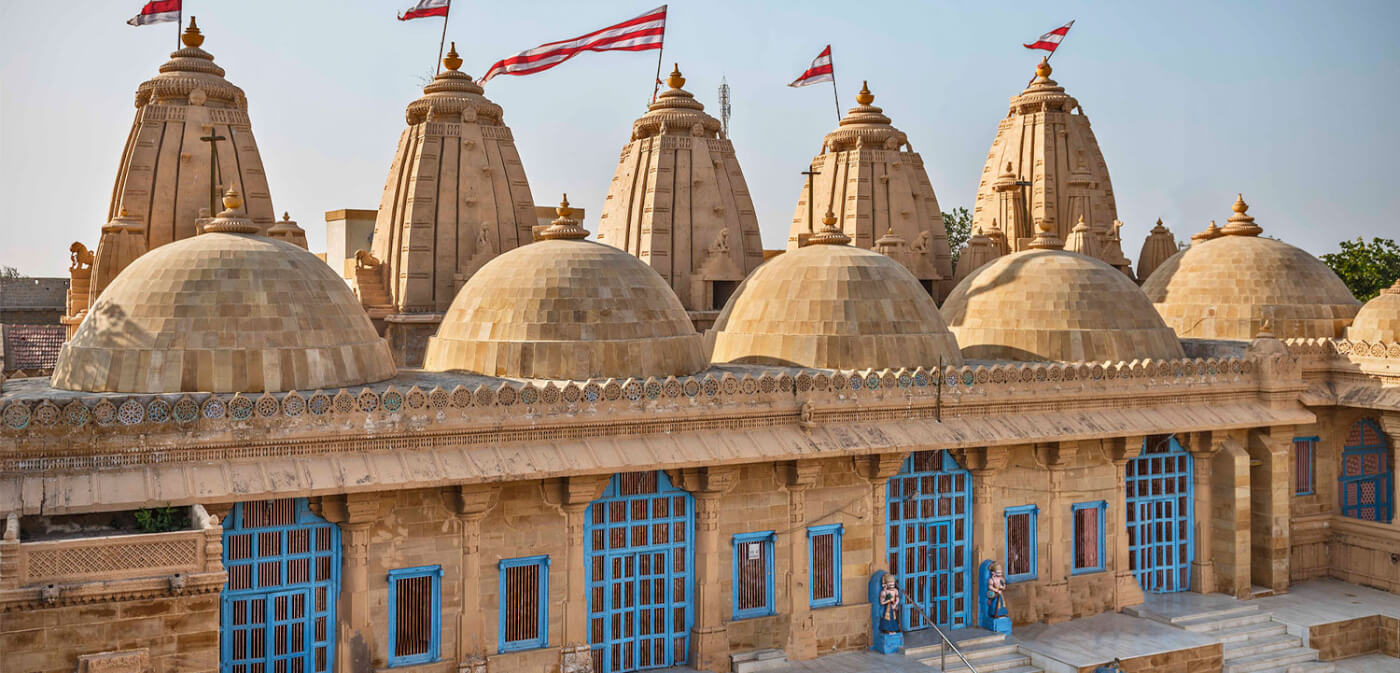
Narayan Sarovar
The Narayan Sarovar may be a unique pilgrimage spot located almost at the westernmost tip of India. It takes an approximately 100 km drive from Bhuj across the desert land of Kutch to succeed in this pristine lake. consistent with Hinduism, the Narayan Sarovar is one among the five holy lakes of Hindus. The others are Mansarovar in Tibet, Pampa in Karnataka, Bindu Sagar in Odisha and Pushkar in Rajasthan. In close proximity to the lake lie temples dedicated to Sri Trikamraiji, Lord Laxminarayan, Lord Govardhannathji, Lord Dwarkanath, Lord Adinarayan, Lord Ranchodraiji, and Goddess Laxmiji.
These were built by the wife of Maharao Desalji (1719-52).
Legend has it that there was once a drought during the Puranic era. To end it, the sages prayed fervently, causing Lord Narayan, a sort of Lord Vishnu, to seem and touch the land together with his toe. this is often believed to possess created the lake.
Prag Mahal
Adding to the splendour of the Aina Mahal, the Prag Mahal lies right next thereto . made from Italian marble and sandstone, the palace has spacious halls and a 45-m-high tower , which may be a major attraction for visitors. The tower within the palace, which is taken into account to be the second-highest tower of its kind in India, is another attraction. From the highest of the tower, one can get sweeping and panoramic views of the town .
Reflecting the royal grandeur of times gone , there are a spread of classic statues and chandeliers within the grand Durbar Hall of the palace. Prag Mahal also houses a museum that exhibits remnants and private collection of the royalty .
This palace was commissioned by king Pragmalji, of the Jadeja dynasty, within the 1860s. it had been designed by Colonel Henry Saint Wilkins, a noted architect and a British military officer , and showcases a definite Italian-Gothic sort of architecture. there's alittle Hindu temple in its courtyard.
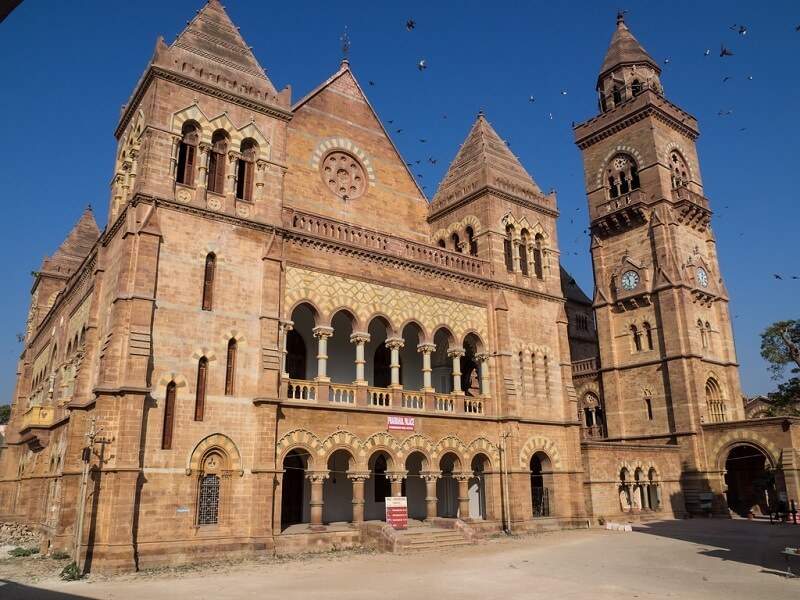
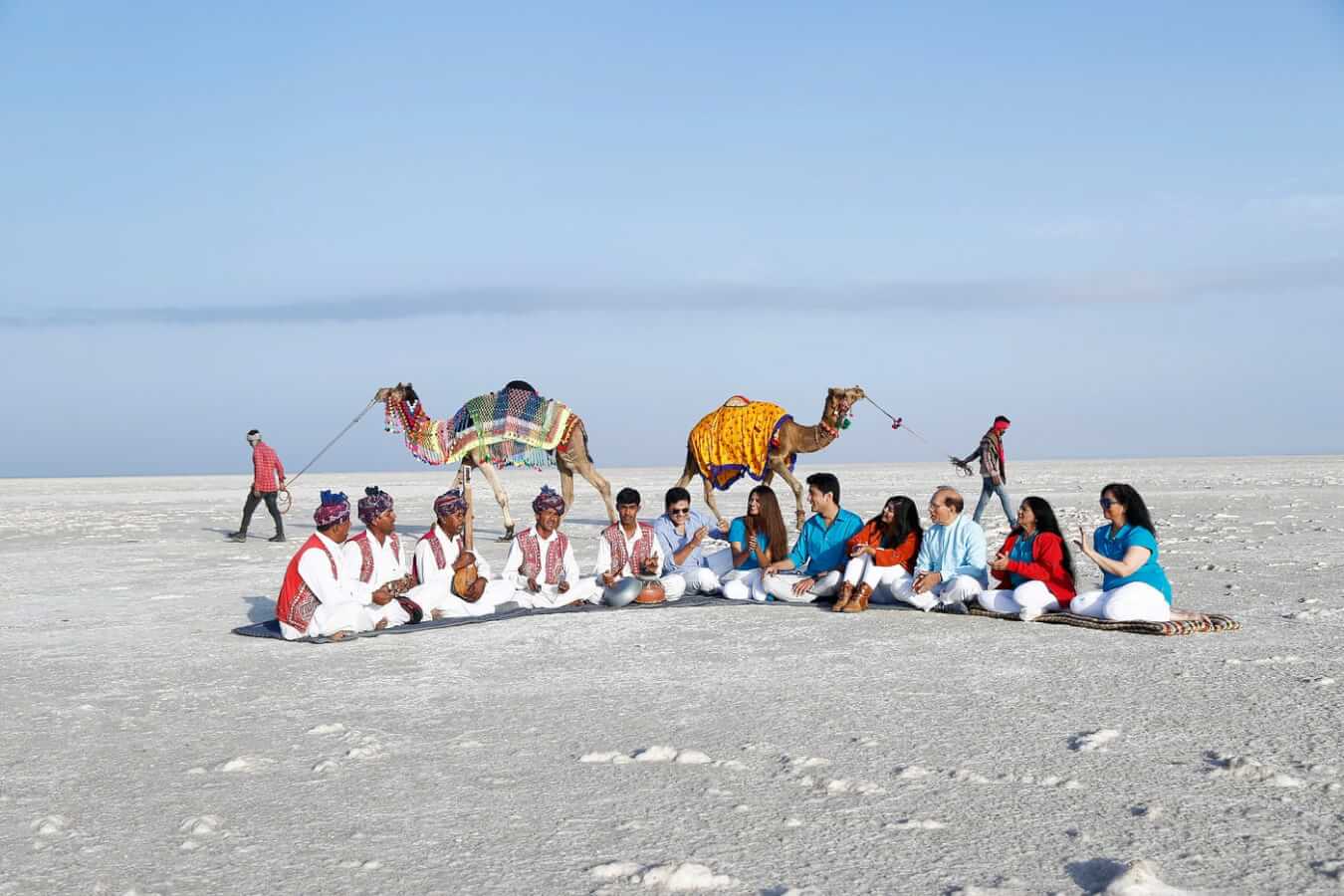
Rann-Utsav
The Rann Utsav may be a fun festival that takes place annually at the Rann of Kutch. A vibrant carnival that brims with song, dance, culture, adventure and art, it’s said that in it, the sweetness of the pristine land of Bhuj is accentuated on full-of-the-moon nights. Golf carts, ATV rides, paintball, camel safaris, game cart excursions, paramotoring, and horse and camel rides also are a neighborhood of the celebration. Those trying to find peace and relaxation can participate in various meditation and yoga sessions conducted during the festival. Several aspects of Gujarati culture are on display as performers roam about in their colourful clothes, vendors sell tasty local dishes and folk shows are conducted. The festival dates may vary per annum , but it’s usually organised from November to February. The celebrations begin within the city of Bhuj and advance to other towns within the region.
Rann of Kutchh
The Rann of Kutch is India’s largest salt marsh. While the good Rann of Kutch, sprawled across 7,500 sq km, is famed for its silvery landscapes, the small Rann, opened up over 5,000 sq m, abounds in wildlife and salt farms. The latter is home to the ass Sanctuary, the sole home of the ass in India, and attracts tourists from round the world who come to enjoy wildlife safaris.
The Rann of Kutch bursts with glorious colour and culture during the annual Rann Utsav, which is held from November to February. From playful performances to a feast of food and art, the festival transports you to a world of merriment.
Another attraction situated accessible is Kala Dungar or Black Hill. the very best point within the Kutch region, it offers sweeping and panoramic views of the desert. you'll also visit a 400-year-old Hindu temple called Dattatreya on top of Capitol Hill .
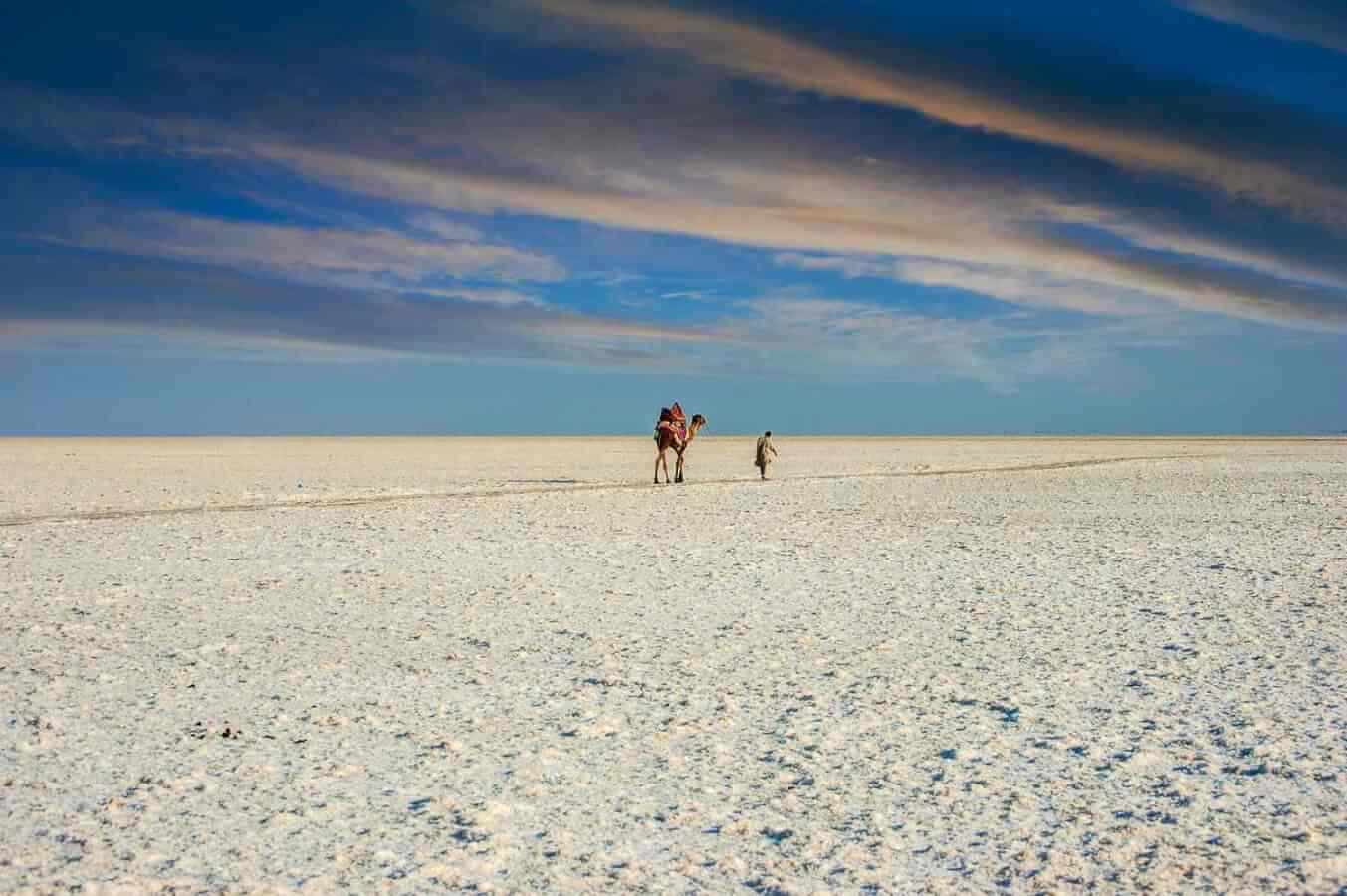
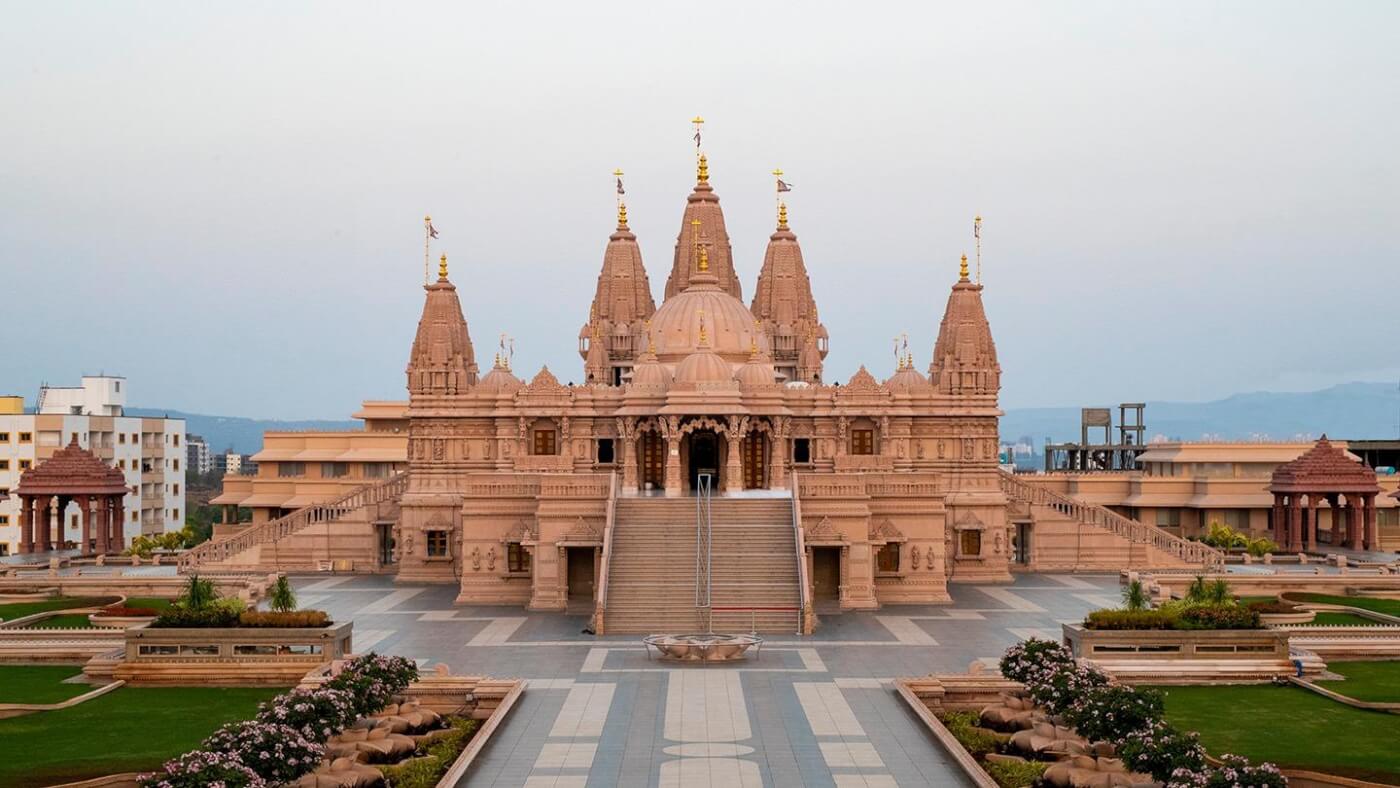
Swaminarayan Temple
Believed to be the location where Swaminarayan, the founding father of Swaminarayan Sampraday, sat with local holy men when he visited Bhuj, this temple flaunts typical bright-hued wood carvings. it’s located just down the road from the Ramkund stepwell. The temple was originally inbuilt 1822 and was the primary of the many Swaminarayan Sampraday temples. The throne of Swaminarayan, the domes of the temple and even the doors are made from gold, while the pillar and ceilings of the temple are made in marble.
The temple complex is cover 5 acre of land and therefore the structure has seven shikaras (spires). There are seven main domes, 25 smaller domes and 258 carved pillars, along side idols of Goddess Radha, Lord Krishna, Lord Ganesha and other deities.
Inside the most complex, alittle temple has been constructed which will be visited only by women. Other attractions of the complex include Sant Niwas, a meditation hall; Bhojan Hall, a dining hall which will host around 2,000 people at a time and a sabha mandap, where religious discourses happen .
Wild Ass Sanctuary
The only home of the ass in India, this sanctuary is situated within the area called the small Rann of Kutch. Locally called the ghudkhar, Indian ass is understood for a dark stripe along its back. Tourists can find around 3,000 wild asses within the sanctuary. thanks to its location within the Gulf of Kutch, which is on the flyway of the many birds, the sanctuary is a crucial site for birds to feed and breed in. About 75,000 birds nest here annually, including those from Egypt, Siberia, Europe, Iran and Iraq.
Other fauna found within the sanctuary include 32 mammals like chinkara (Indian gazelle), two sorts of Rommel (Indian and white-footed), jackals, caracals, nilgais (the largest antelope of Asia), Indian wolves, blackbucks and striped hyenas. The place is additionally home to migratory birds including coursers, stoneplovers, shrikes, ducks, geese, ibis, spoonbills, godwits, stints, sandpipers, shanks, moorhens, saras cranes, Indian flamingos and pelicans. There also are 93 species of invertebrates including crustaceans, insects, molluscs, spiders, annelids and zooplanktons.
The sanctuary is sprawled over a neighborhood of 5,000 sq km and covers portions of cities including Sundernagar, Rajkot, Patan, Banaskantha and parts of the Kutch district. the simplest time to go to the place is between October and November.
There are many tribes within the sanctuary and among them Rabari and Bharwad tribes have a a sizeable population. choose a jeep safari tour if you would like to explore the sanctuary. it's believed that the place is home to at least one of the most important salt pans in India.
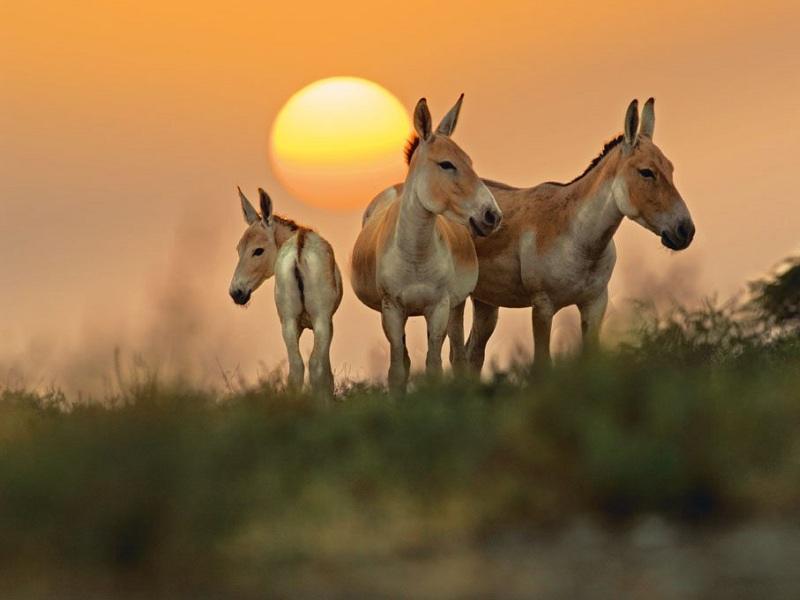
WANT TO RENT A CAR IN INDIA ?
Choose Your Traveling Theme

 TOUR BOOKING
TOUR BOOKING


